Sa Pa
Friday 4th October 2019
Today we left early for Sapa, a town in Northwest Vietnam not far from the Chinese border.
We caught a small cramped local bus which transferred us to a large sleeper bus…now this one I liked!
Local cramped bus
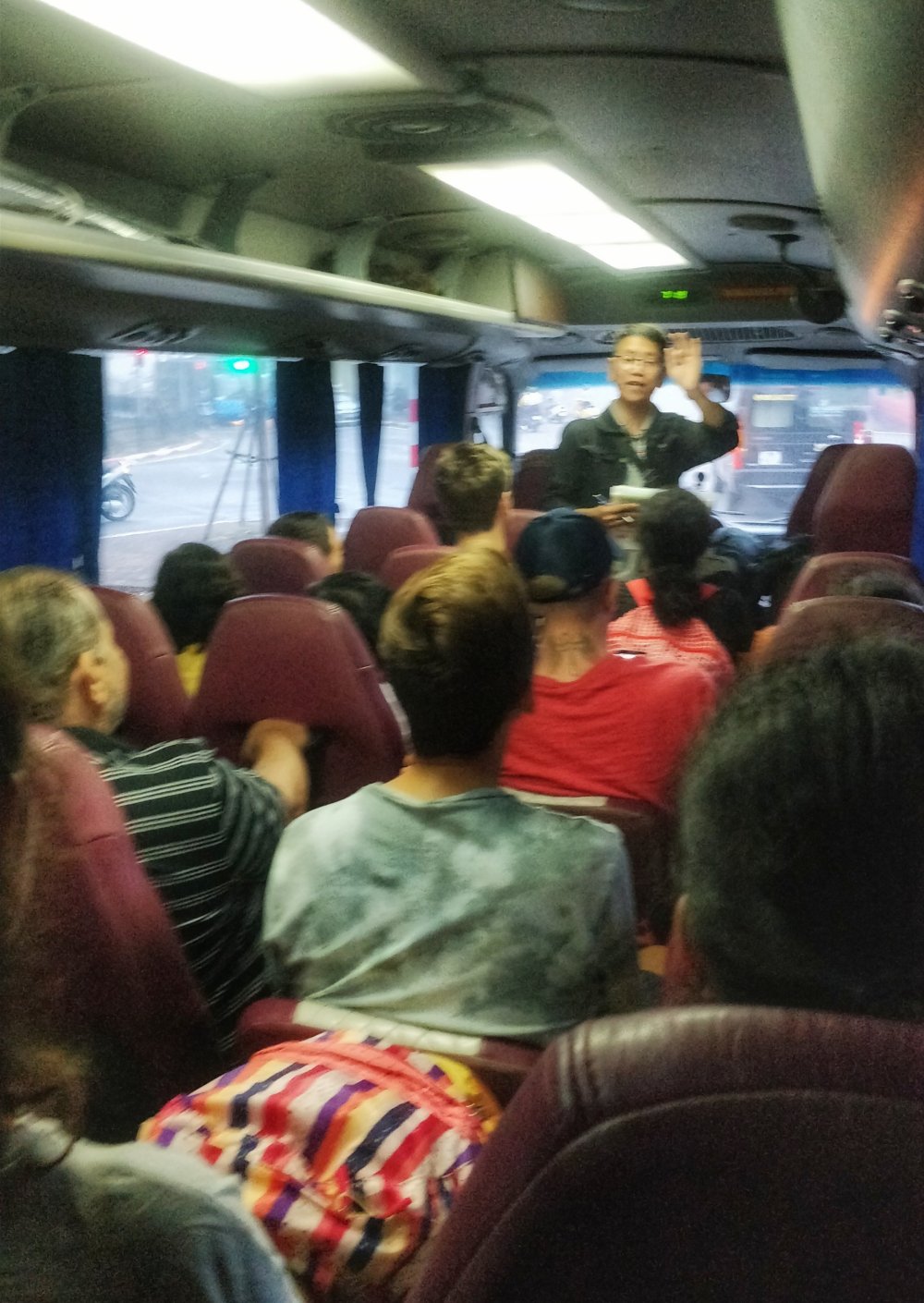
Large sleeper bus
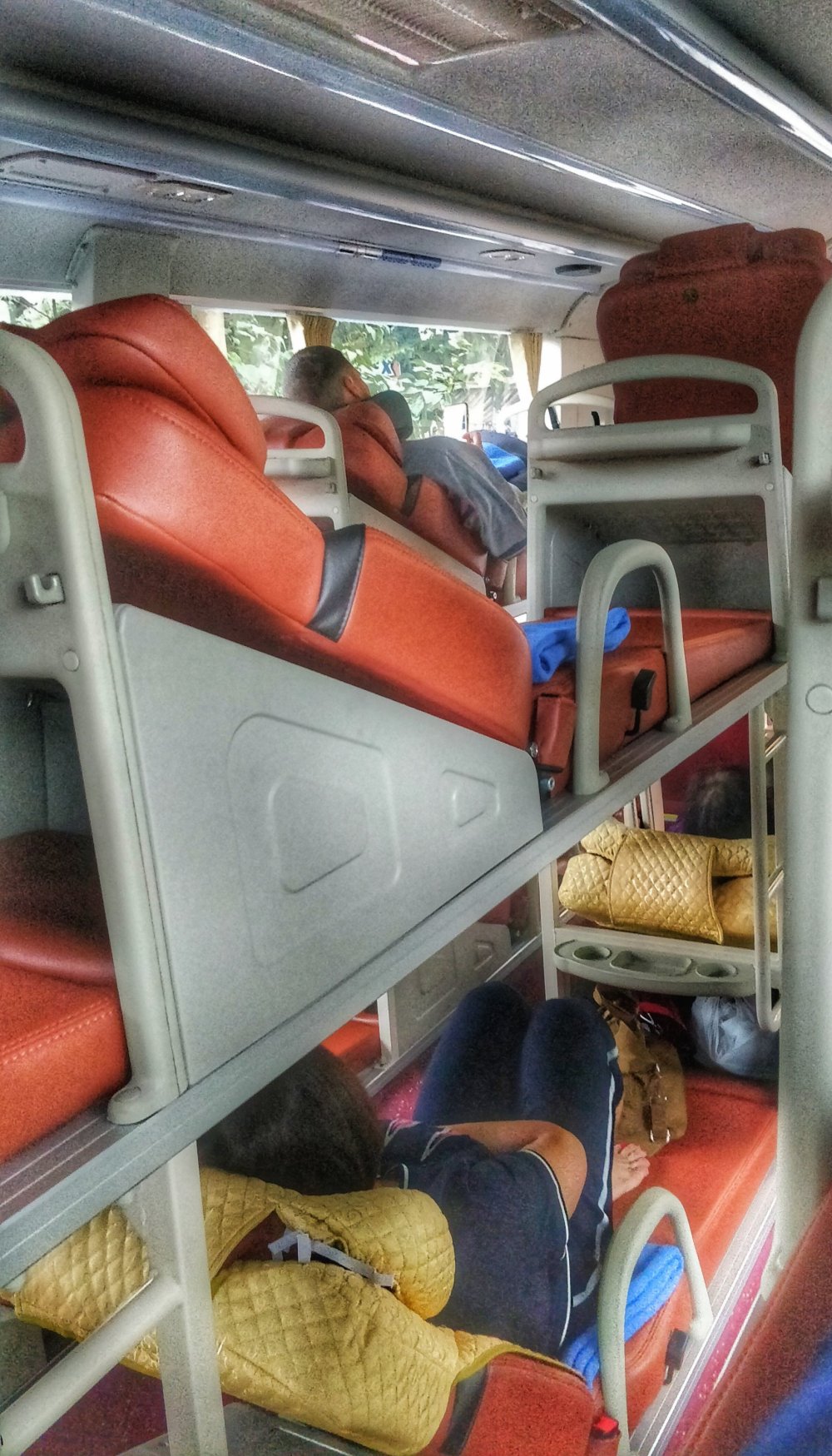
The journey should take us just over 6 hours . Relaxed, lying back in my bed like chair I took in the many wonderful views.
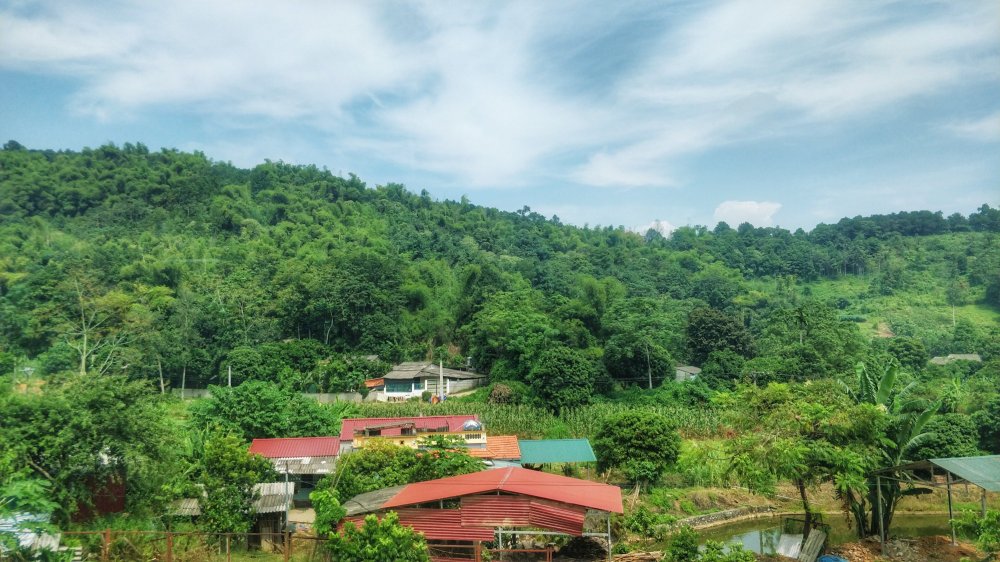
Sapa is famous for it’s green countryside and rice terraces, which are alongside steep hills.
It has four seasons in the North compared to the South which only has two, so when we arrive it should feel a lot cooler.
Of course we had to visit Sapa and undertake some trekking as we wanted to visit villages and see how people live their lives in this area without materialistic goods.
This is a great base to launch yourself into the surrounding countryside of cascading rice terraces and tiny hill-tribe villages that seem a world apart.
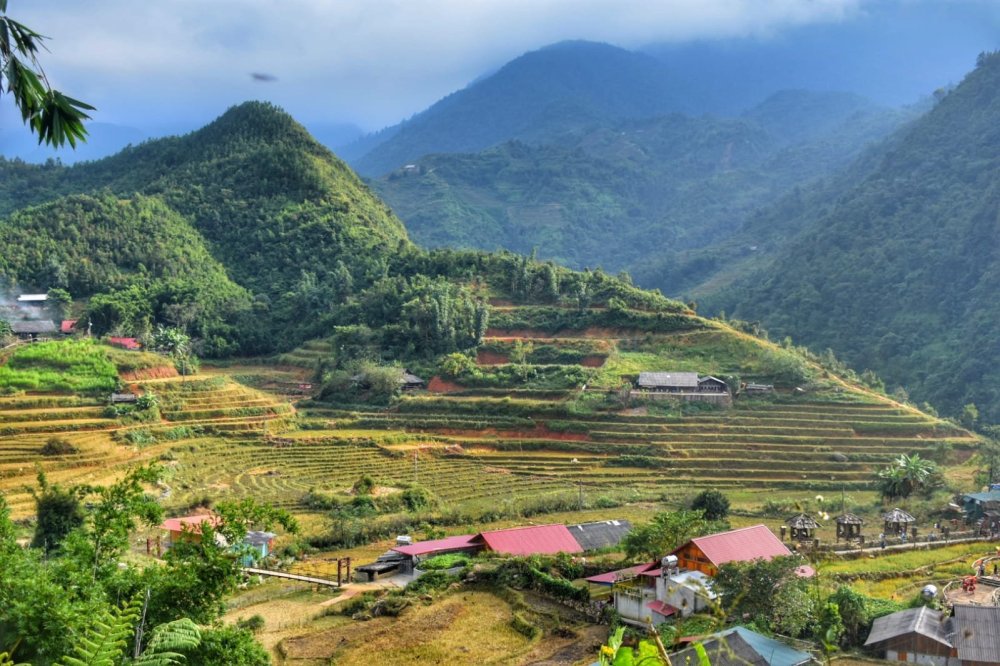
As we arrive in Sapa Town, I am straight away shocked at how built up and busy the area actually is!
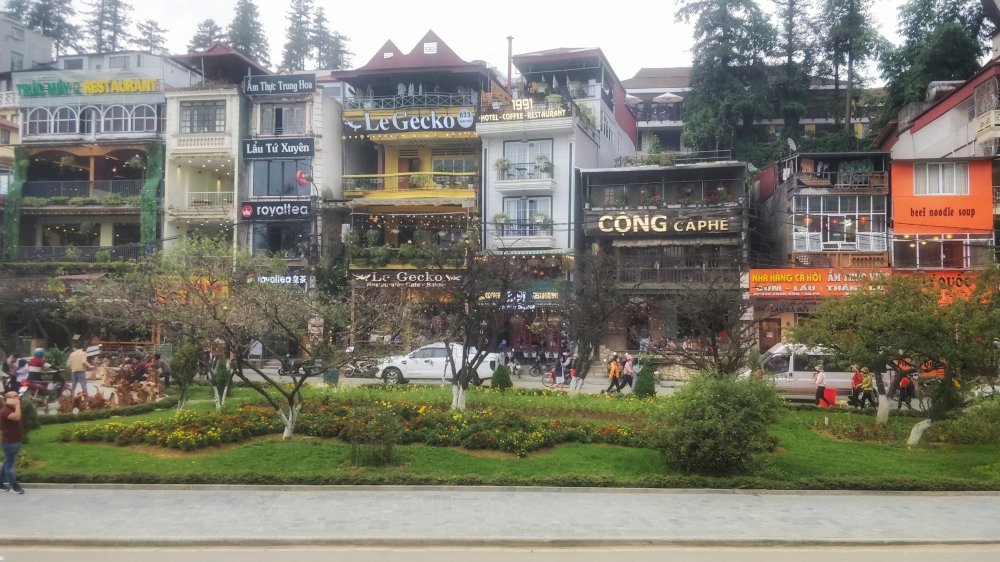
I knew there was lots of development but not this much and on looking around over the next few years it’s going to get a whole lot worse!
Straight away we can clearly see colourful traditional costumes of H’mong, Dzao, and Tay ethnic People.
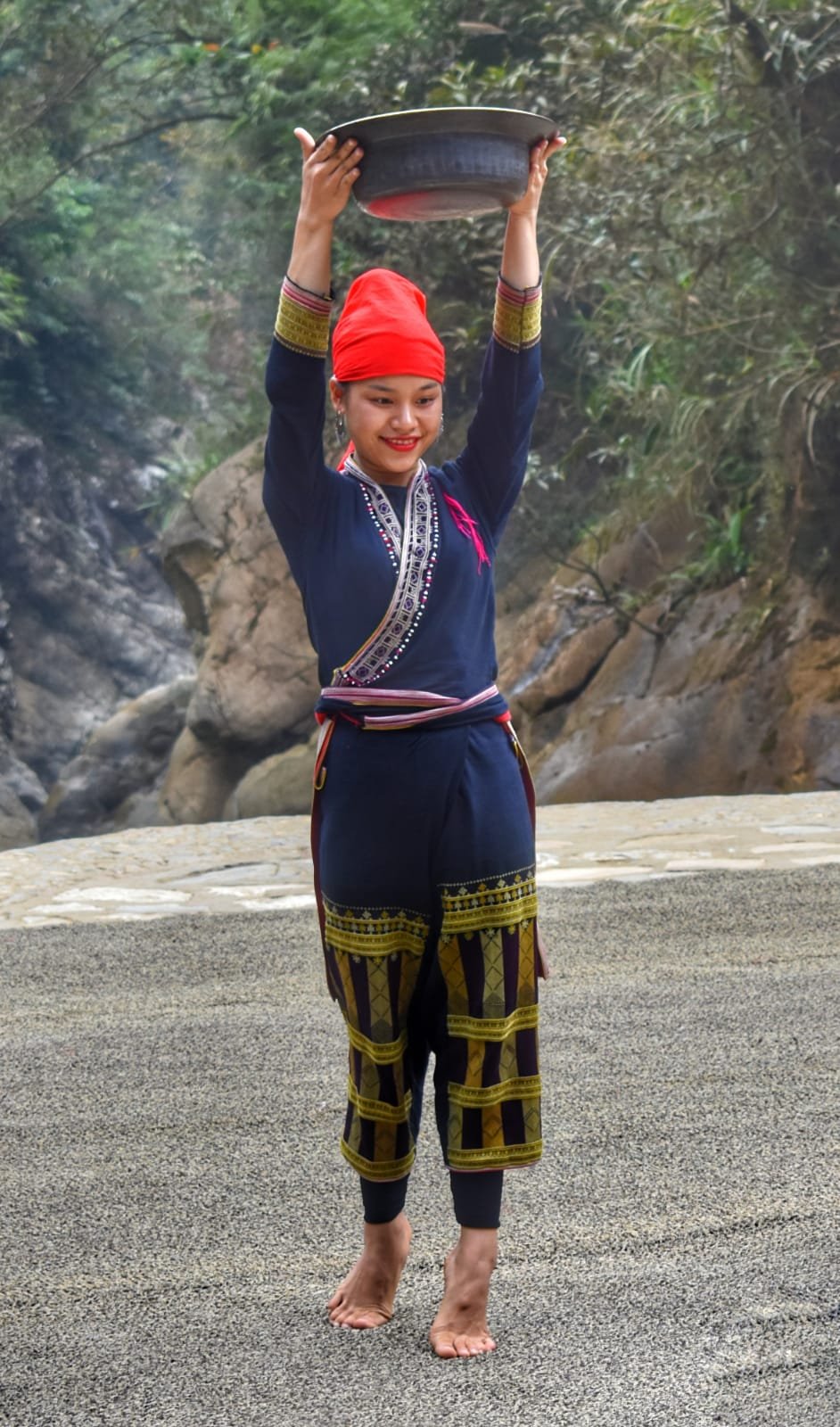
Sapa was established as a hill station by the French in 1922, today it is a tourism centre.
Modern tourism development has mushroomed here so the quaint little alpine town that once was unfortunately is no longer.
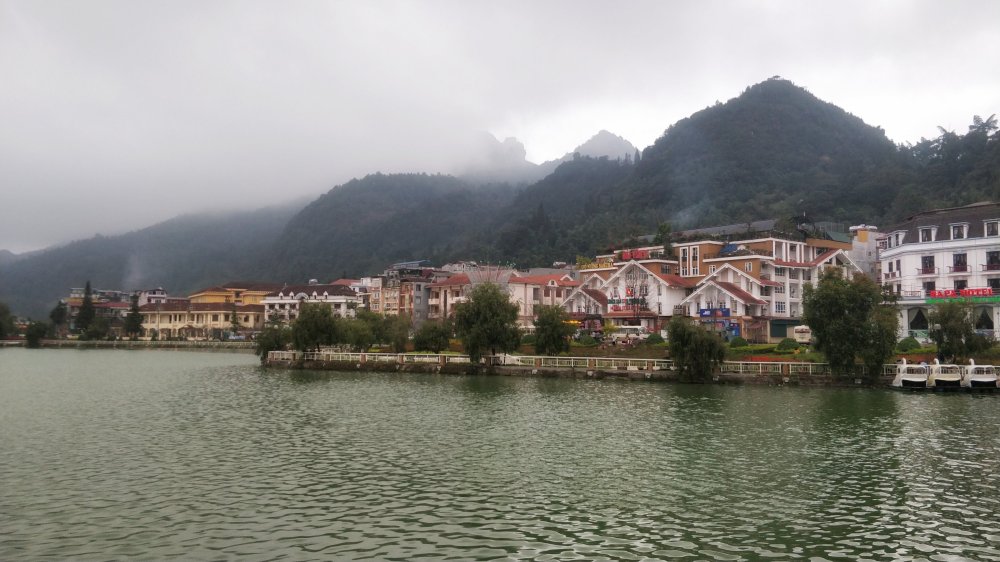
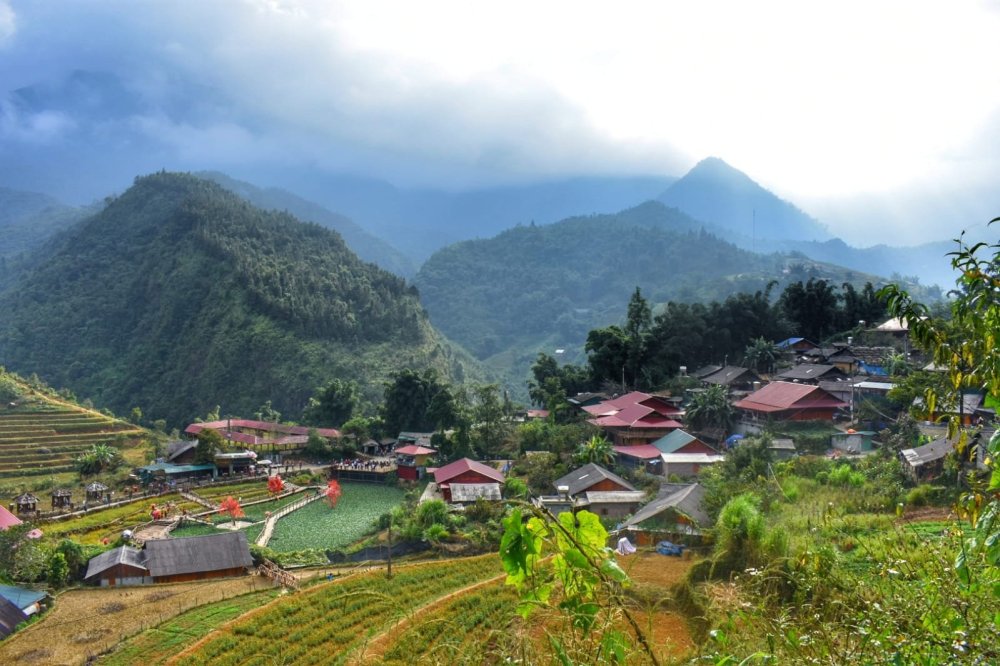
The whole district is dominated by The Hoang Lien Son mountain range, which also includes Mt. Fan Si Pan – the highest peak in Vietnam and the entire Indochina peninsula with the height of 3143m.
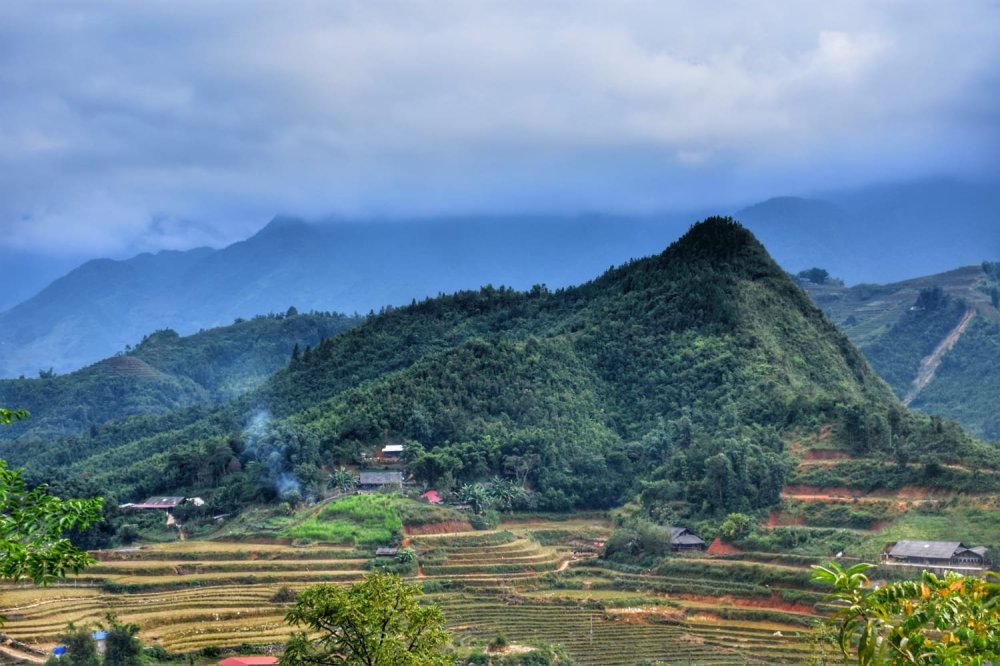
The scenery of the Sapa region represents a harmonious relationship between minority people and nature, which can be seen perceptibly in the paddy fields carpeting the rolling lower slopes of the Hoang Lien Mountains.

It was the elements wearing away the underlying rock over thousand of years that created this impressive physical landscape.
The locals that live here are part of a Hmong Tribe – they speak their own dialect and look physically different than people in Hanoi.
These local hill-tribe continue to fill the town with colour.
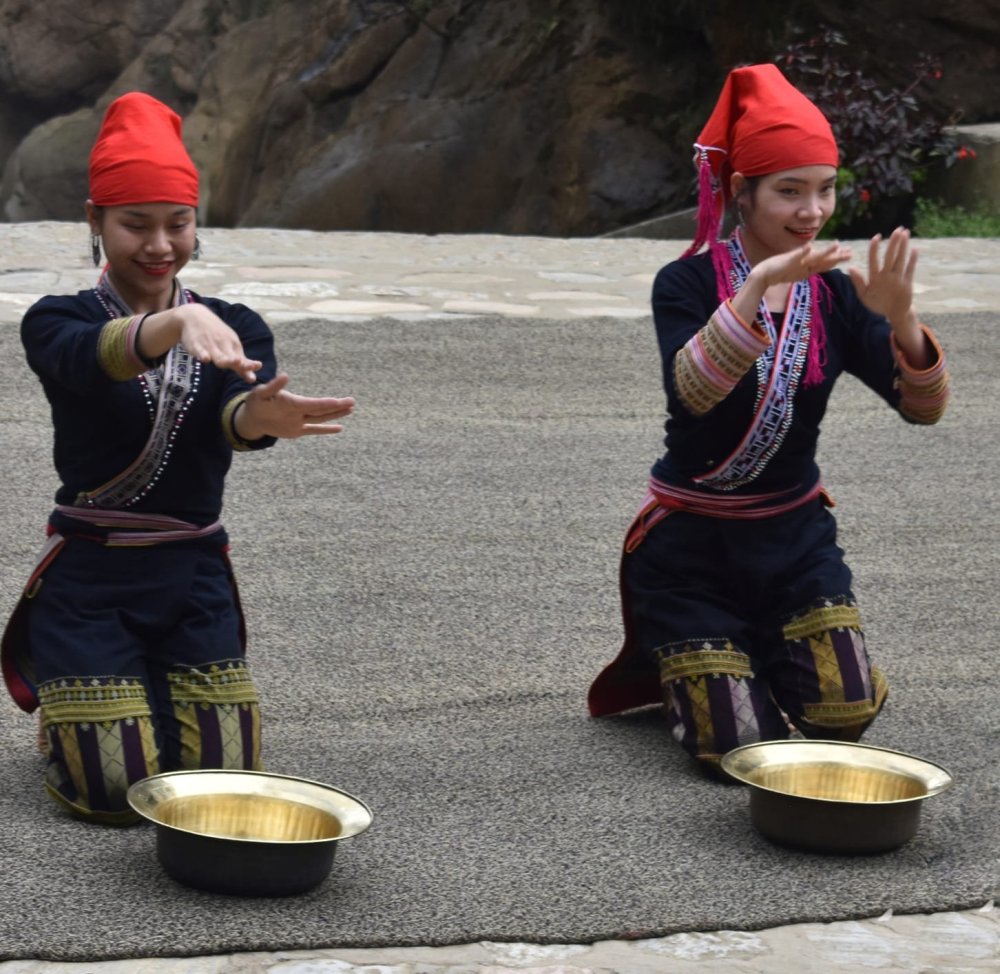
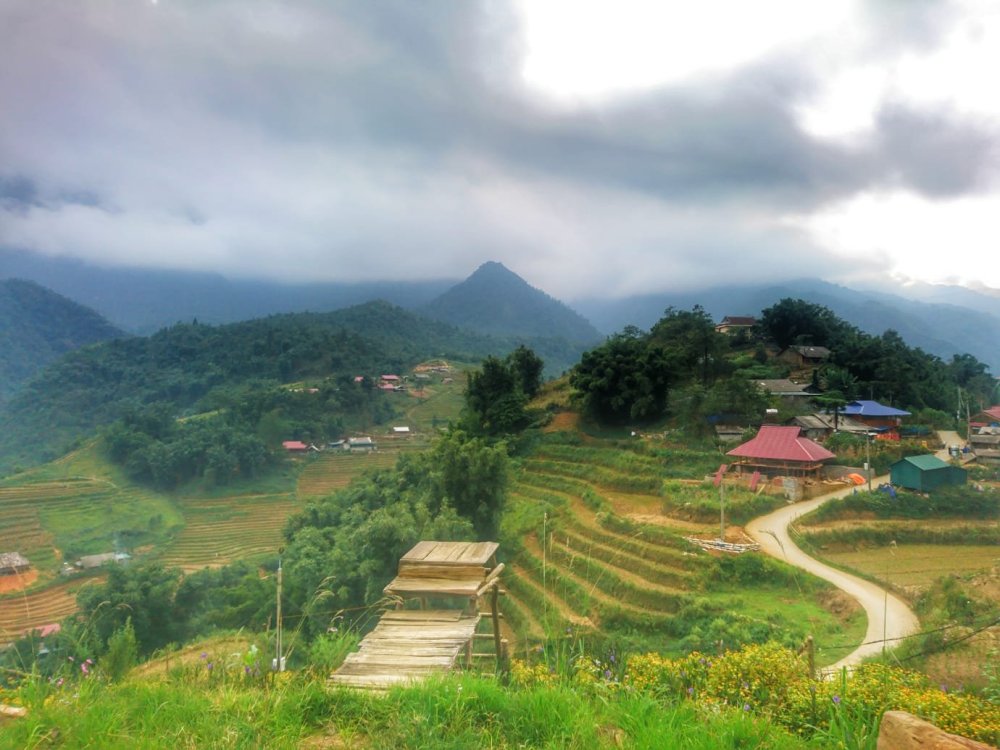
The northwest market town of Sapa is colourful and charming, providing the perfect oasis in the midst of strenuous mountain treks and rice-paddy tours.
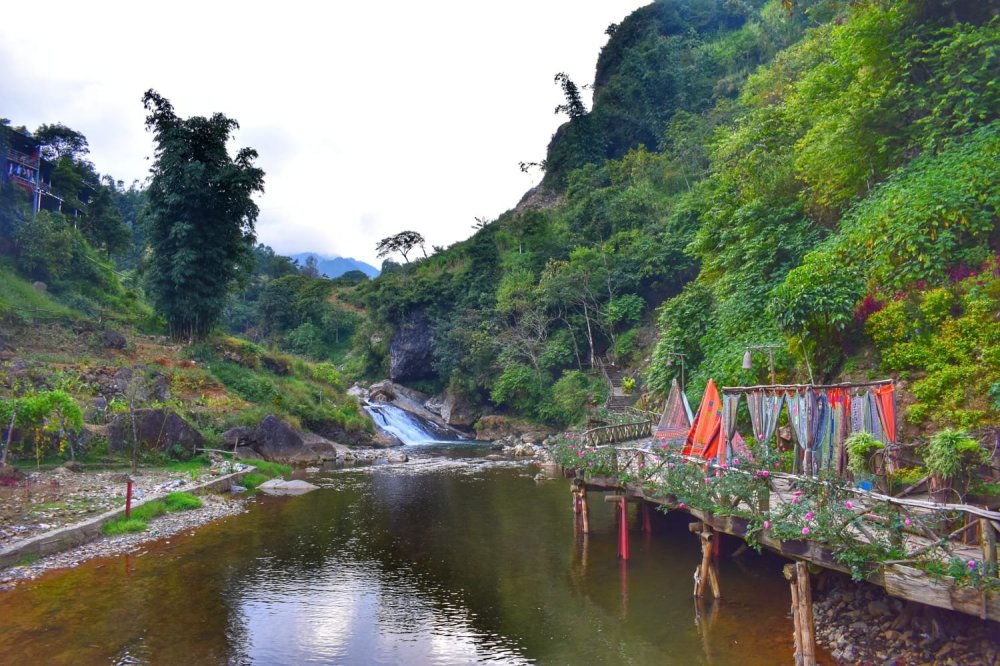
We undertake a short trek to the gate of Cat Cat village which is home of Black H’mong ethnic people and is located near the bottom of a deep valley at the foot of Fan Si Pan Peak.
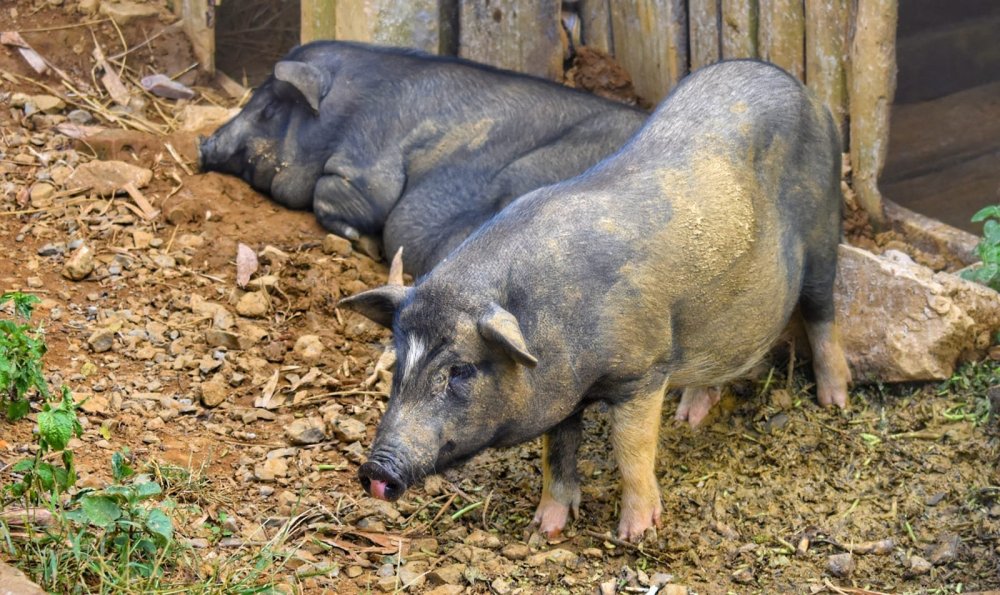
Mt Fan Si Pan just coming into view through the clouds
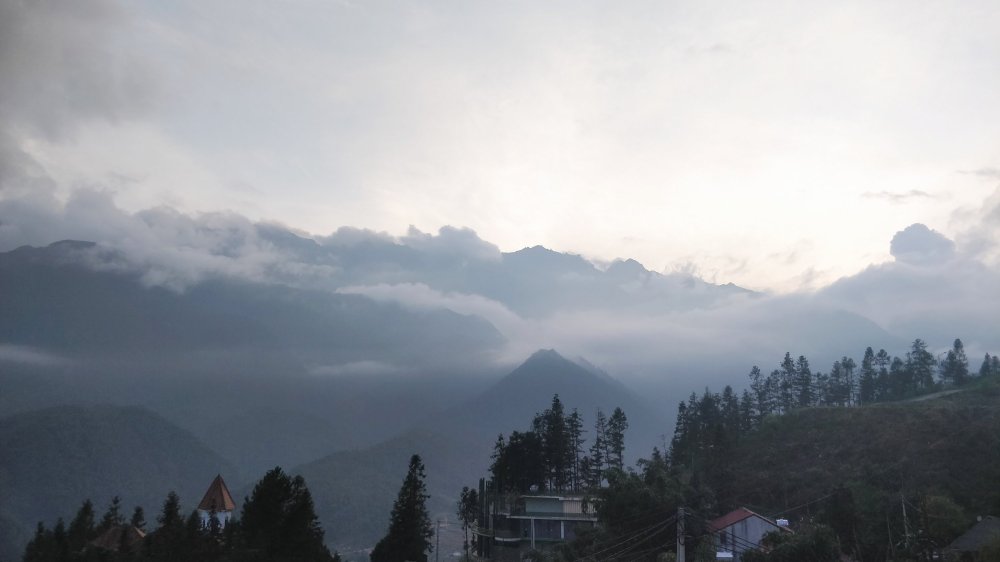
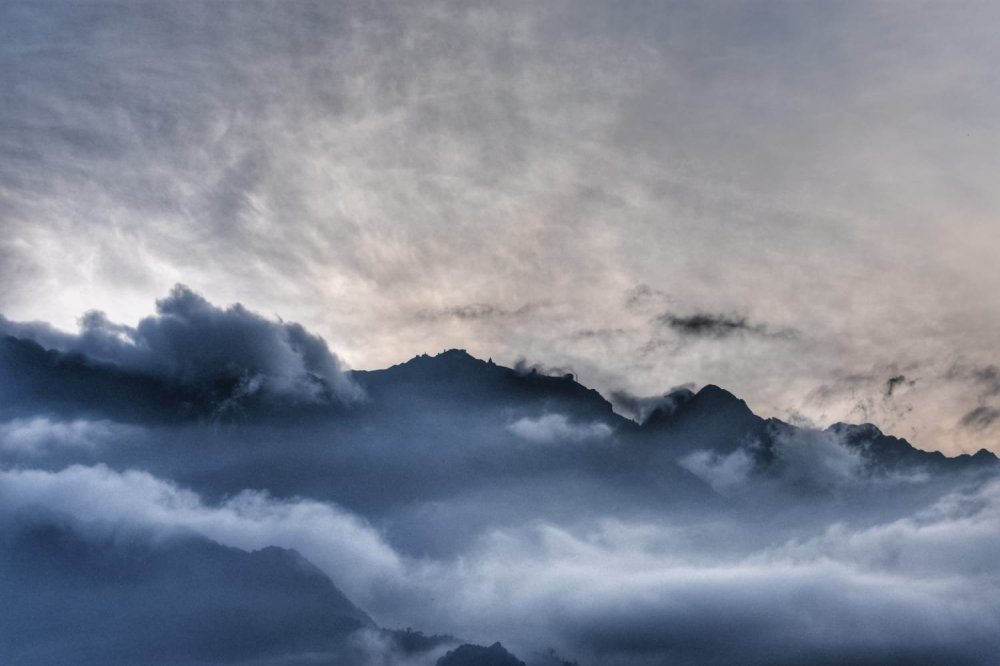
We witnessed the daily life activities of the locals.
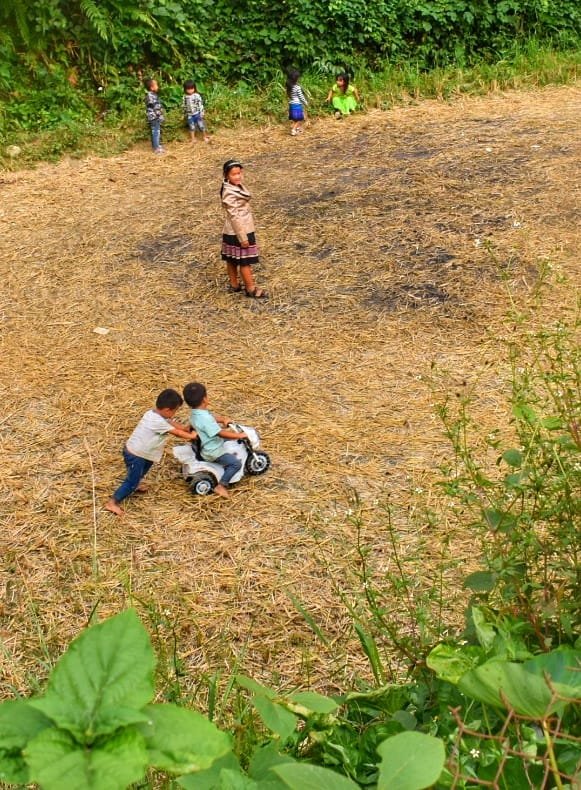
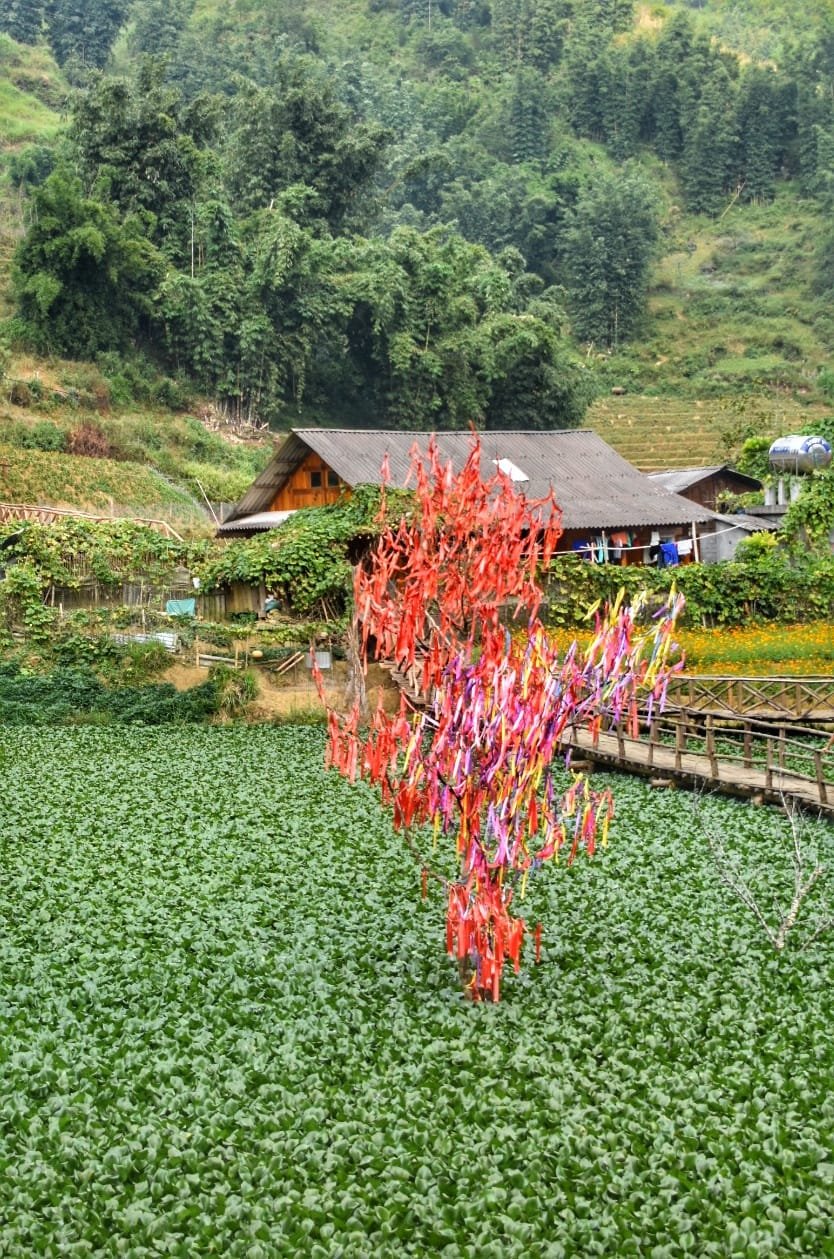

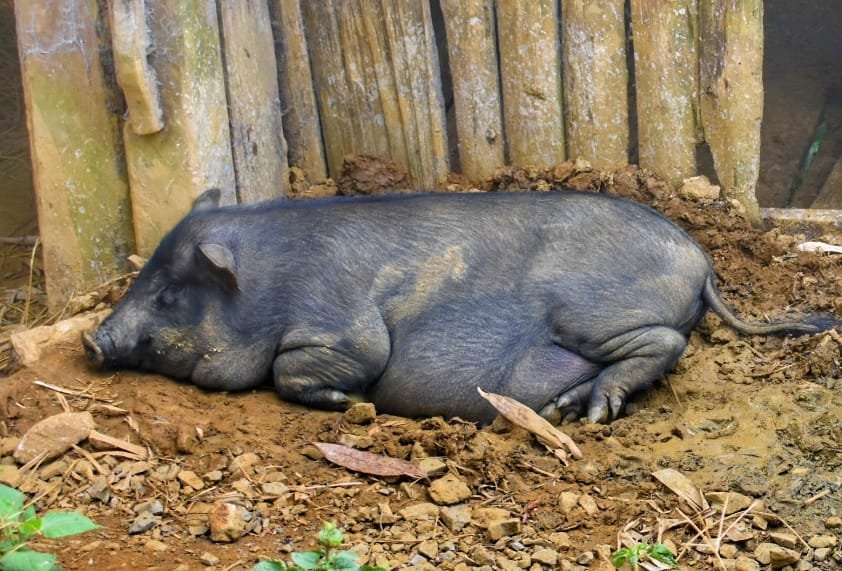
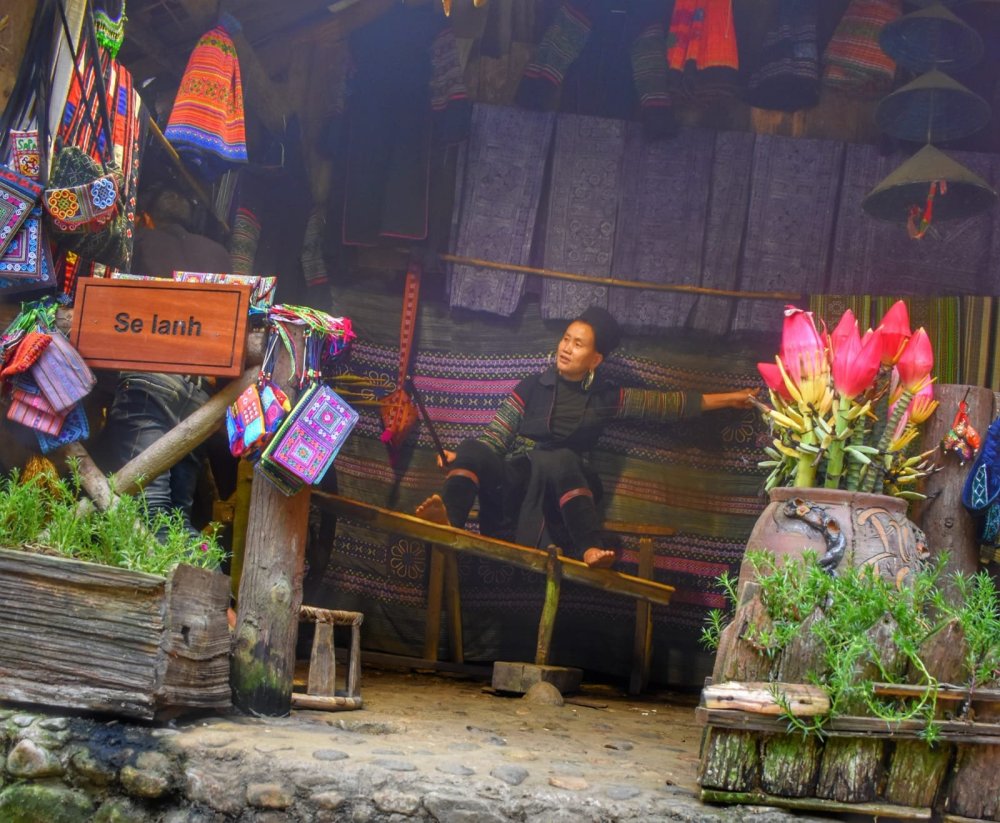

Once out of the busy, hectic ‘town area’ of Sa Pa it’s so beautiful just to wander. It was nice to breath in some fresh air and get back to nature.
In the evening we visited the busy town, wandering the streets and checking out the sights.
Some of the buildings here are huge for a mountain village it’s quite hard to believe the contrast from todays scenes.
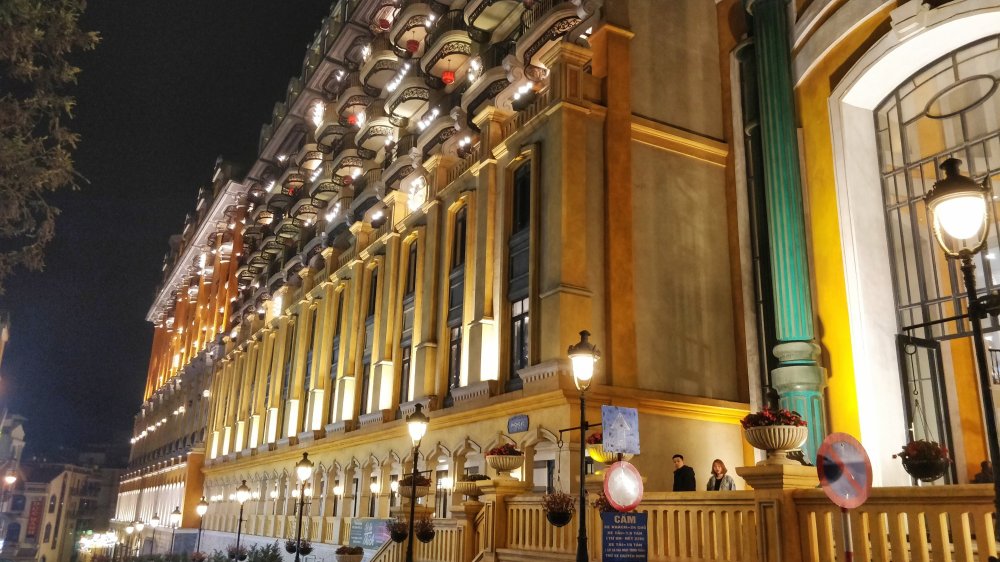

I know it’s good for the local economy but I think how sad it is when these places become too touristy. You are probably seeing it before its spoiled by too many tourists. Seems to be a bit like the hill stations in India. Do you find that some people speak French as it was part of their Empire!!. What is the beautiful building in your last photo? Looks like a palace or even a theatre. Don’t the girls look so graceful with their hand movements when they dance. Enjoy and look forward to your next blog.
Love and God Bless. Aunty Alice xx
LikeLiked by 1 person
Yes, I am very much like you in thinking it’s increasing their local economy …and if you read my next blog Day 2 Sa PA (we’ve learnt some more about the area) it would be even better if the money was actually going to THE LOCAL ECONOMY as in the hill tribe villages people actually come to see! Were here low season also so I can only imagine what high season is like and if tourism continues to increase here it’s going to be a more built up area with less of the natural scenic look, it’s such a shame! I haven’t heard any of the locals speak French but I would imagine some do. The massive building on the last photo is a train station, plus basic small shopping mall, plus hotel. There are other buildings like this and to me it just looks surreal up where we are! The girls do look so graceful and moved very gracefully. So beautiful as are the very small children ❤️…the villagers are very friendly and it’s quite amazing seeing their lifestyles x
LikeLike
Gosh Mary You’re doing and seeing so much on this trip. It’s hard to know what to comment on. The scenery is quite magical. …almost looks unreal. Can’t get over the custom of people socialising etc by the railway line. Wonder what that’s all about? Is it the anticipation of seeing the once a day train passing through? Enjoying your blog very much…you’re certainly filling in gaps in my knowledge of Vietnam!! Hope like me, your doing ok with the language? Mong duroc blog tiep theo. Xx
LikeLiked by 1 person
Yes…so much to see and do here in Vietnam! Such a variation of scenery depending on where you go which I like, and I suppose that’s why we’re going to the places we have chosen to get a real mix up. I wonder what that railway line nonsense is all about also but have found myself being magnetically pulled to it everyone time I’m in Hanoi….there’s just something about it and yes alot about the whole this should not be happening/disbelief/but actually I like the area and the buildings that go up and down are nicely presented. I’m glad your knowledge is increasing around Vietnam, it’s a pretty fascinating country with a massive amount of history – it’s increasing my knowledge daily also!! However I think your doing better than me on the whole language thing 🙈🤣
LikeLike